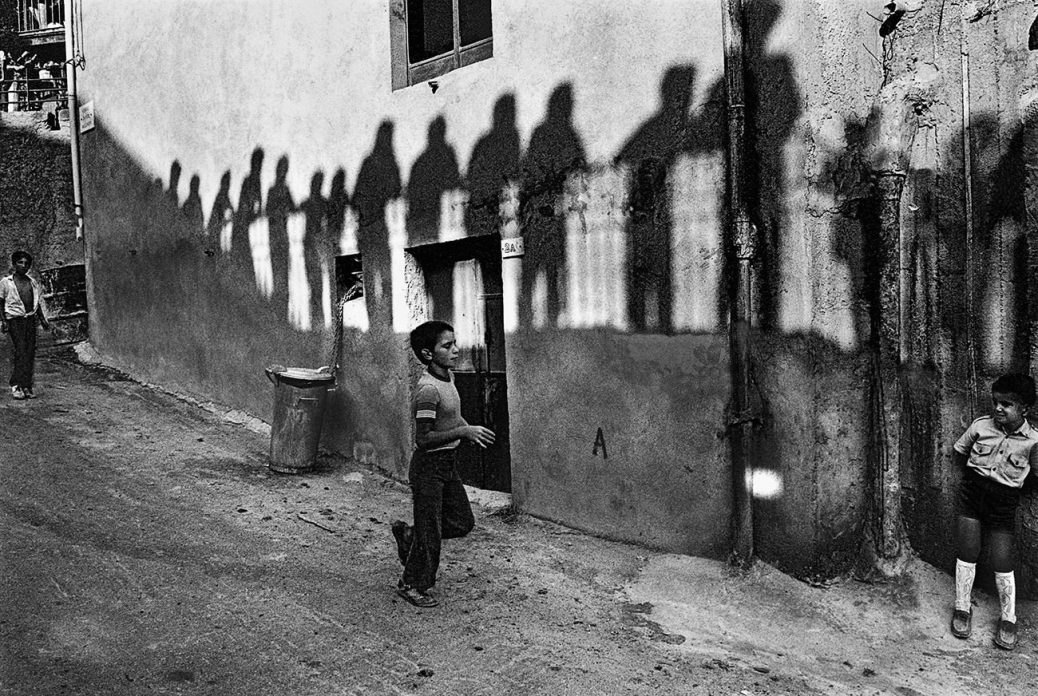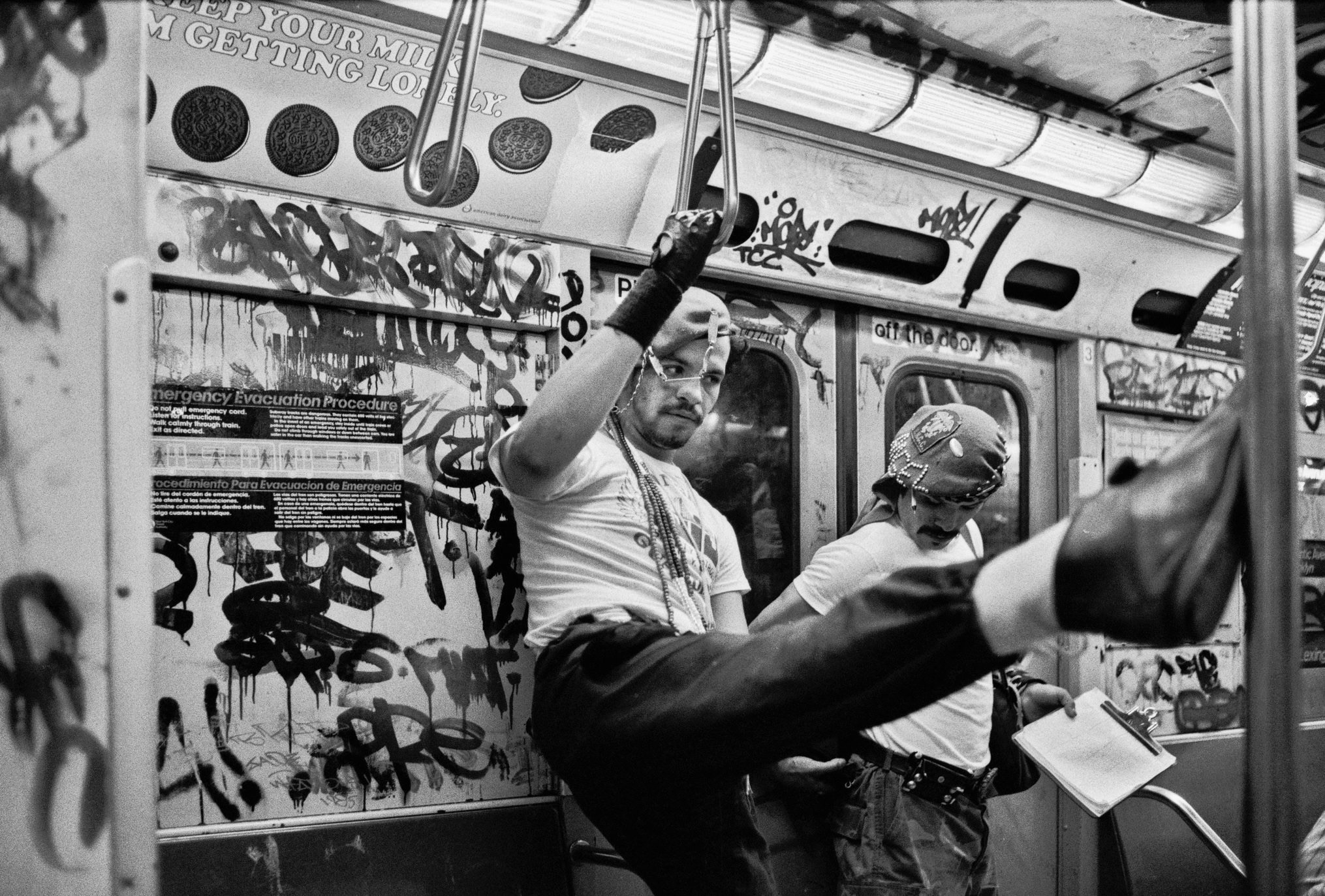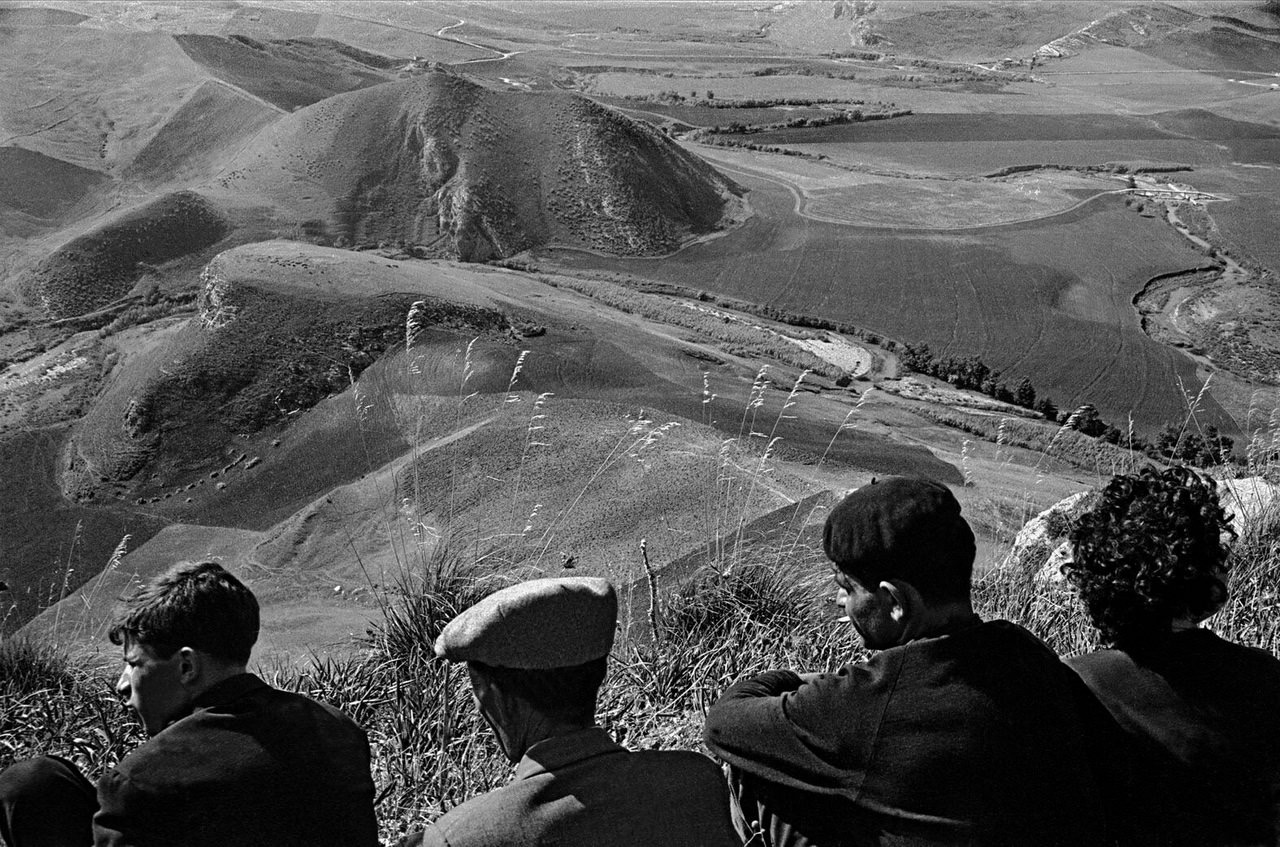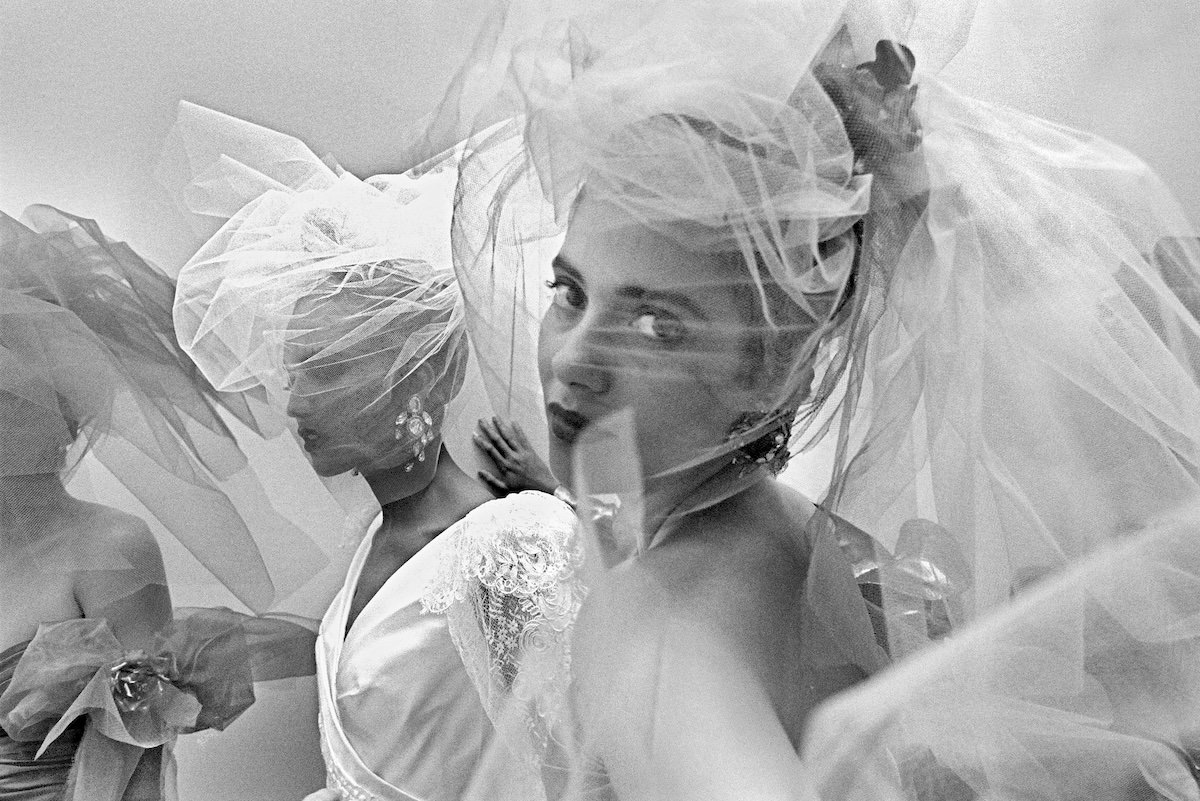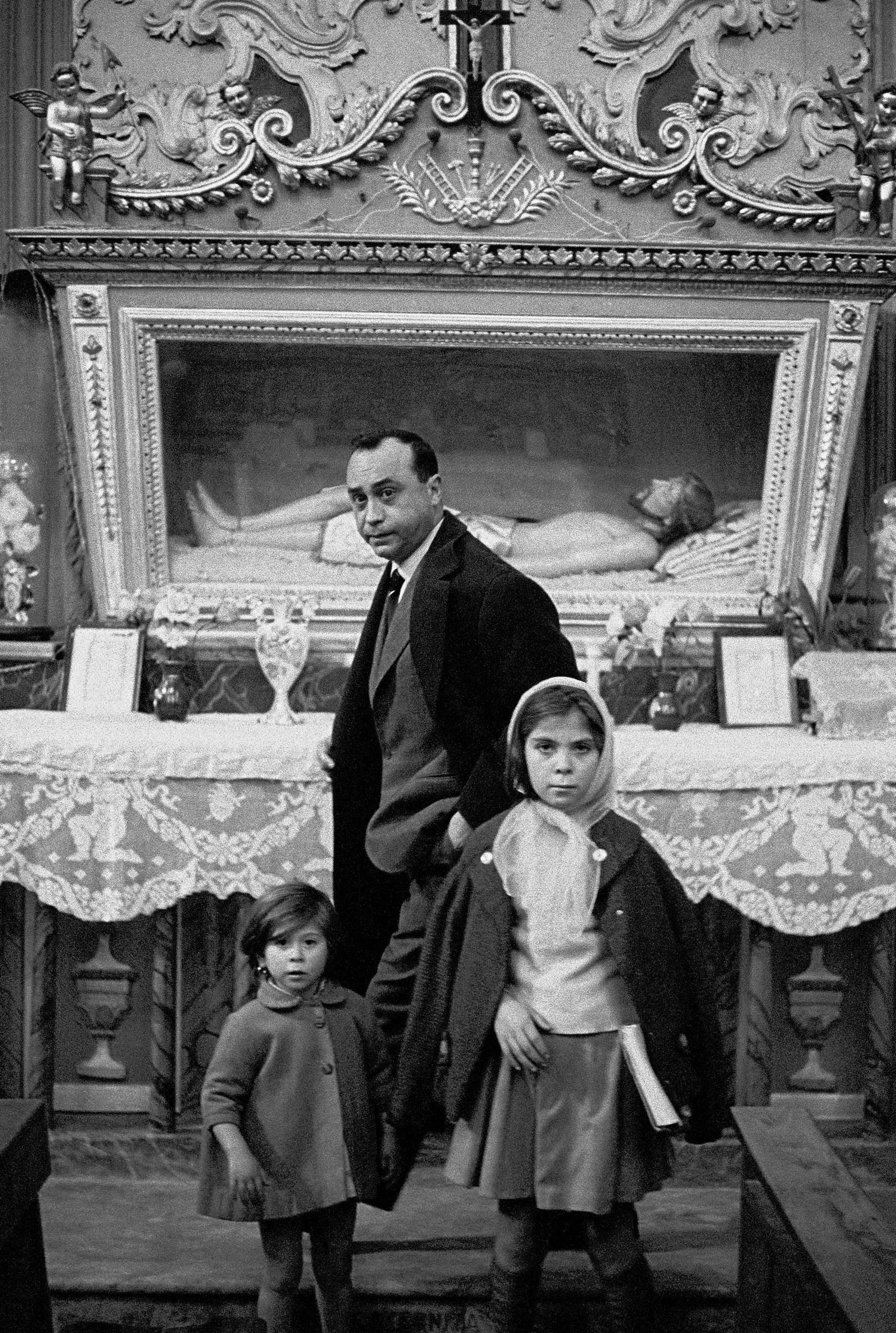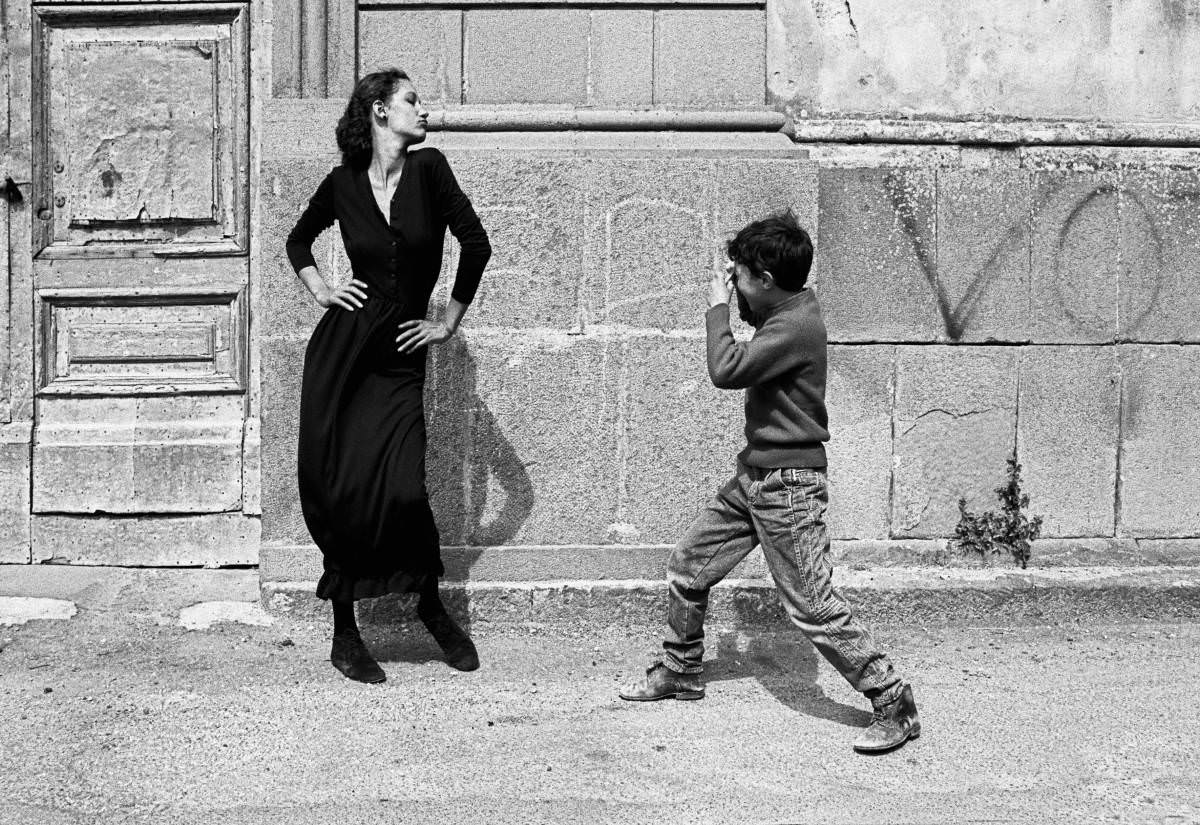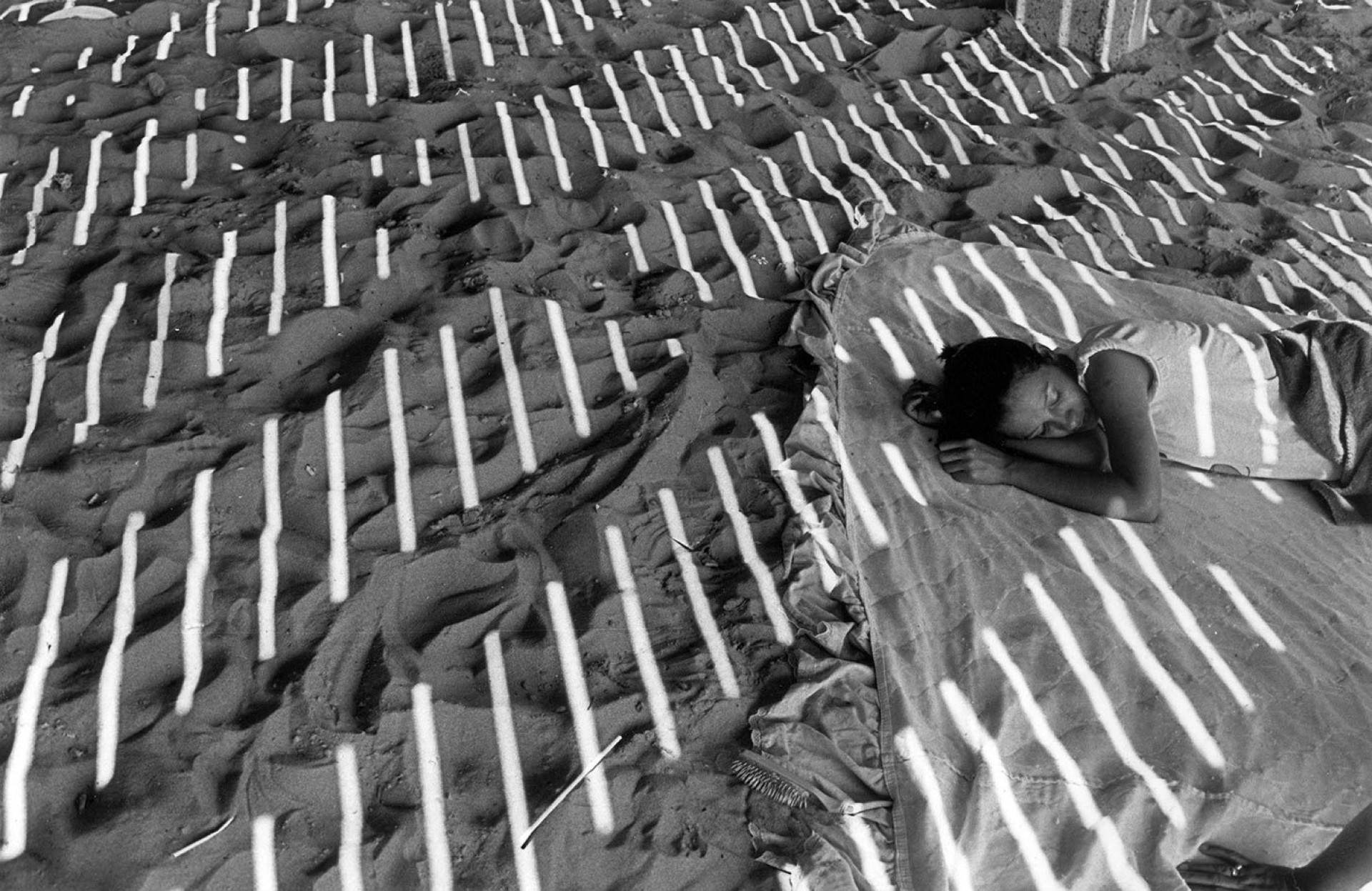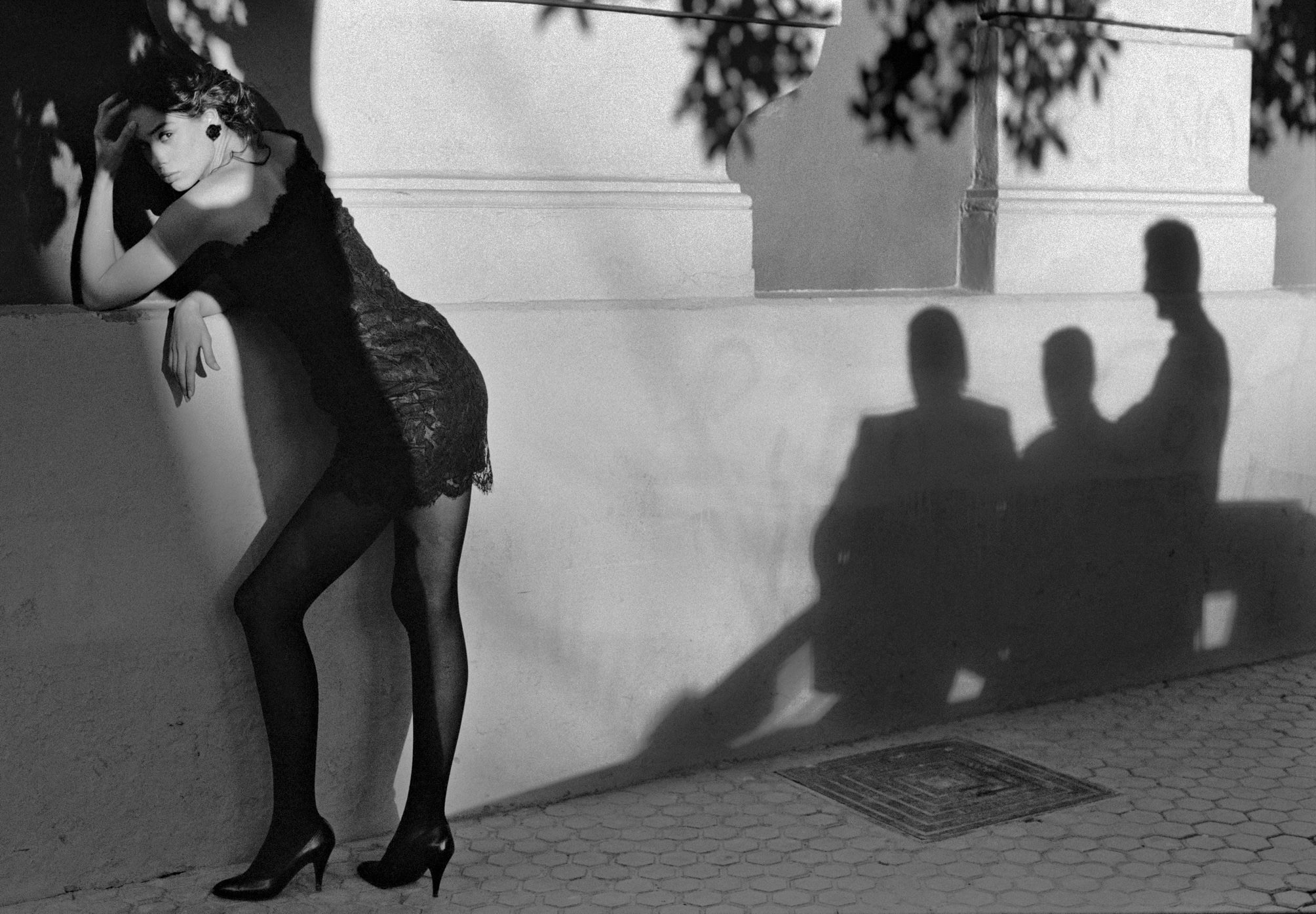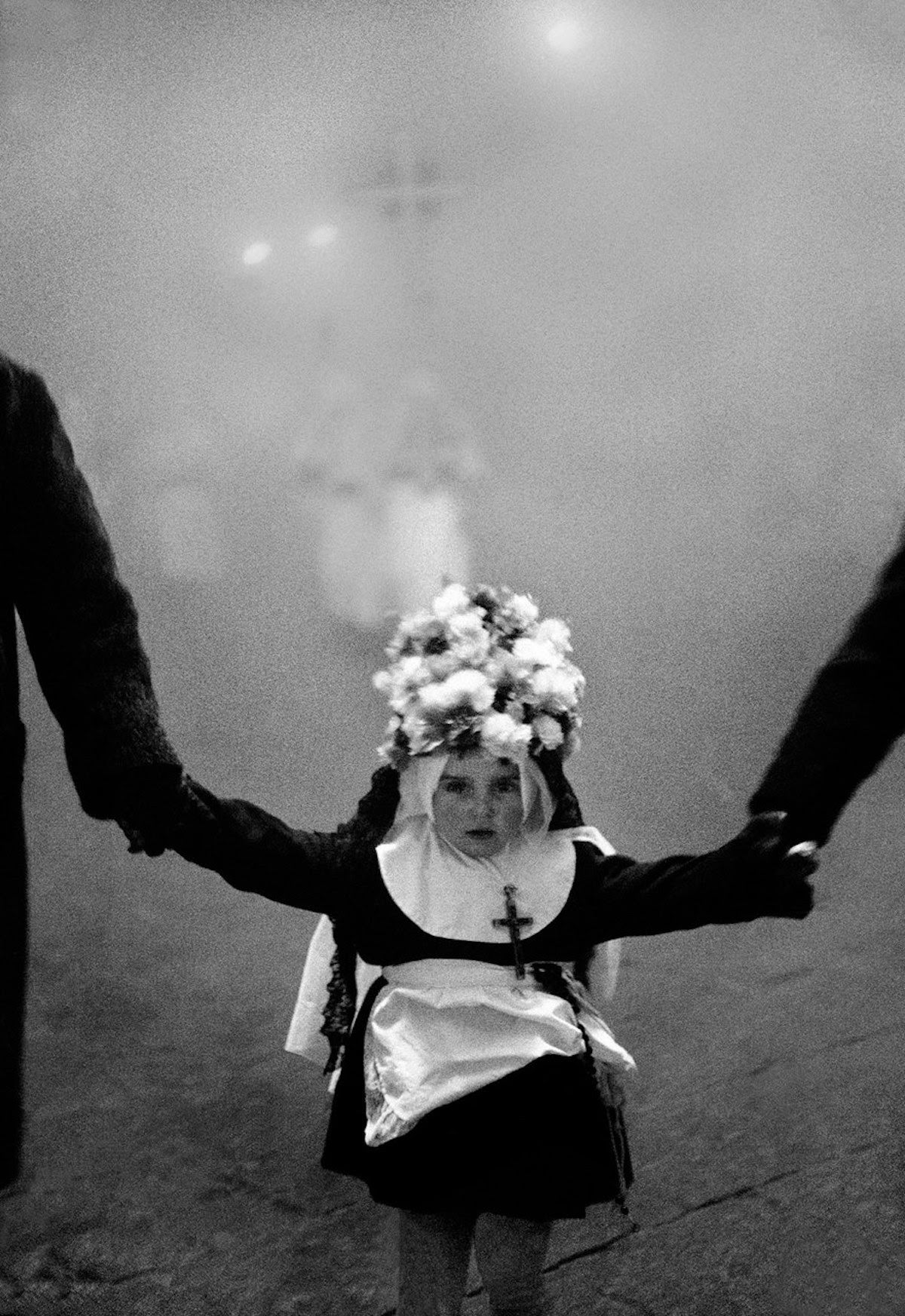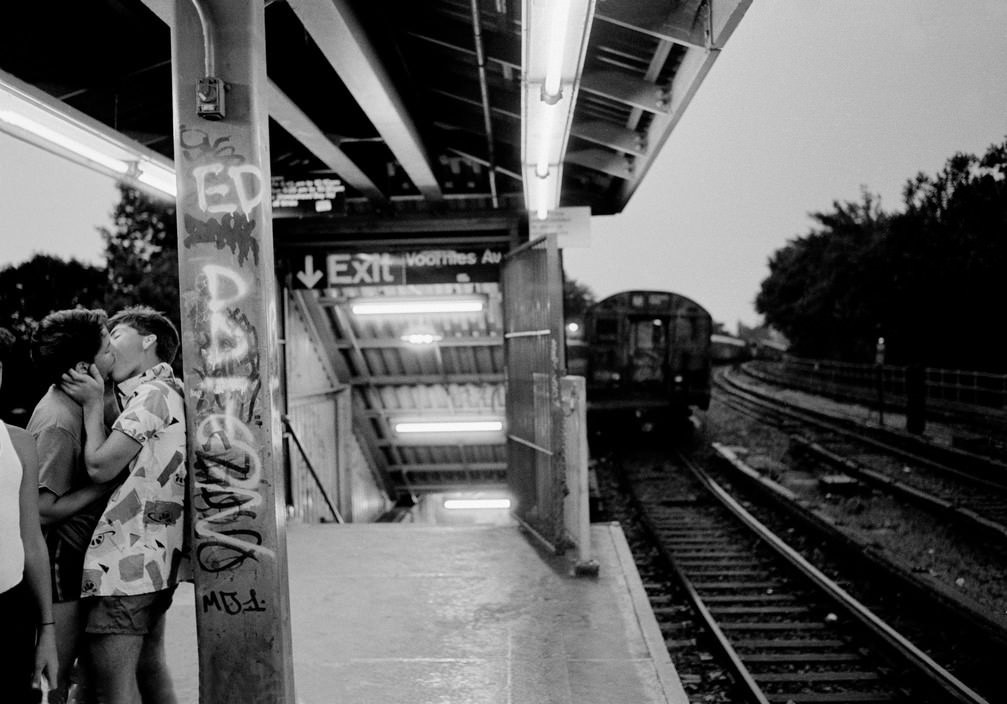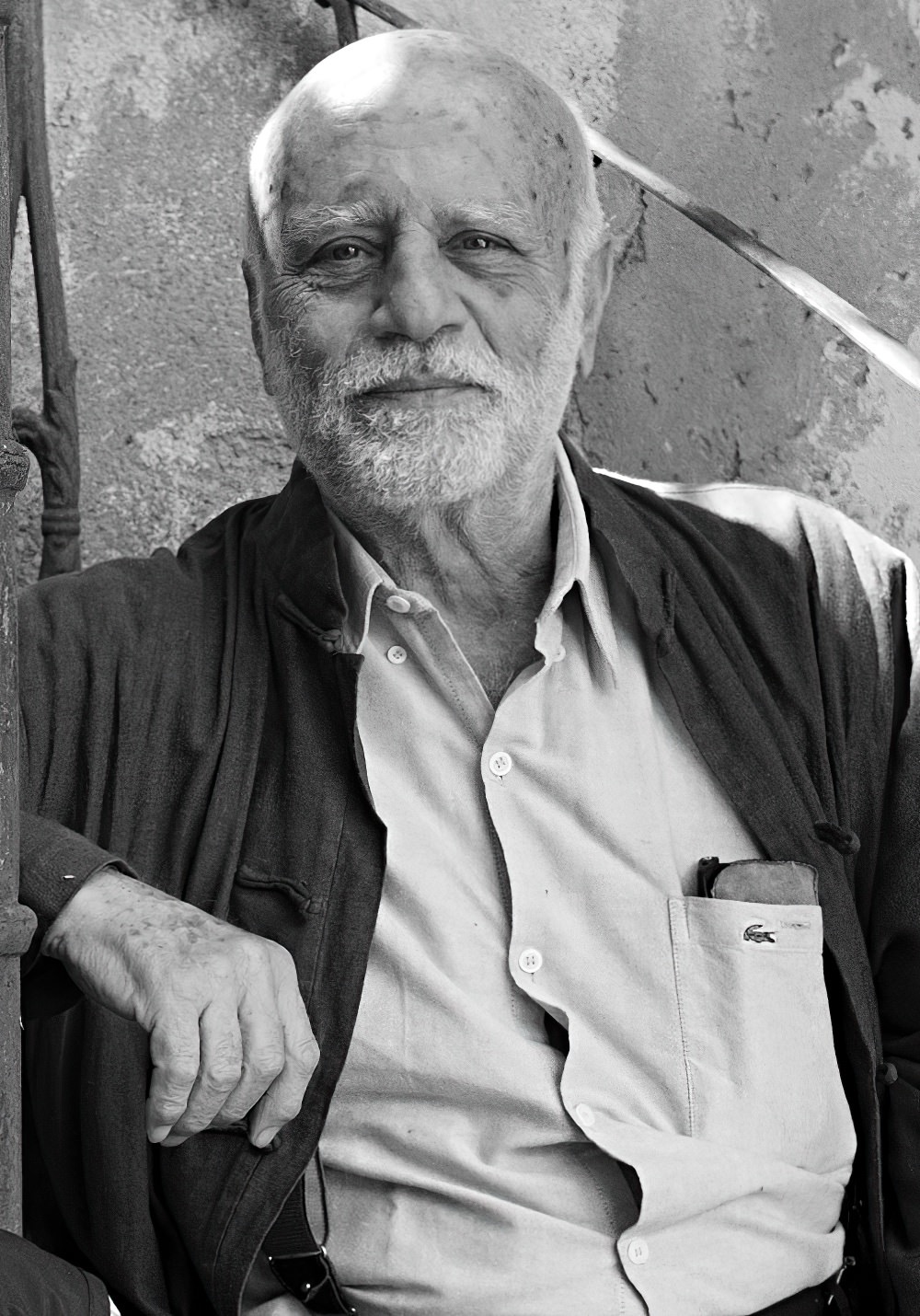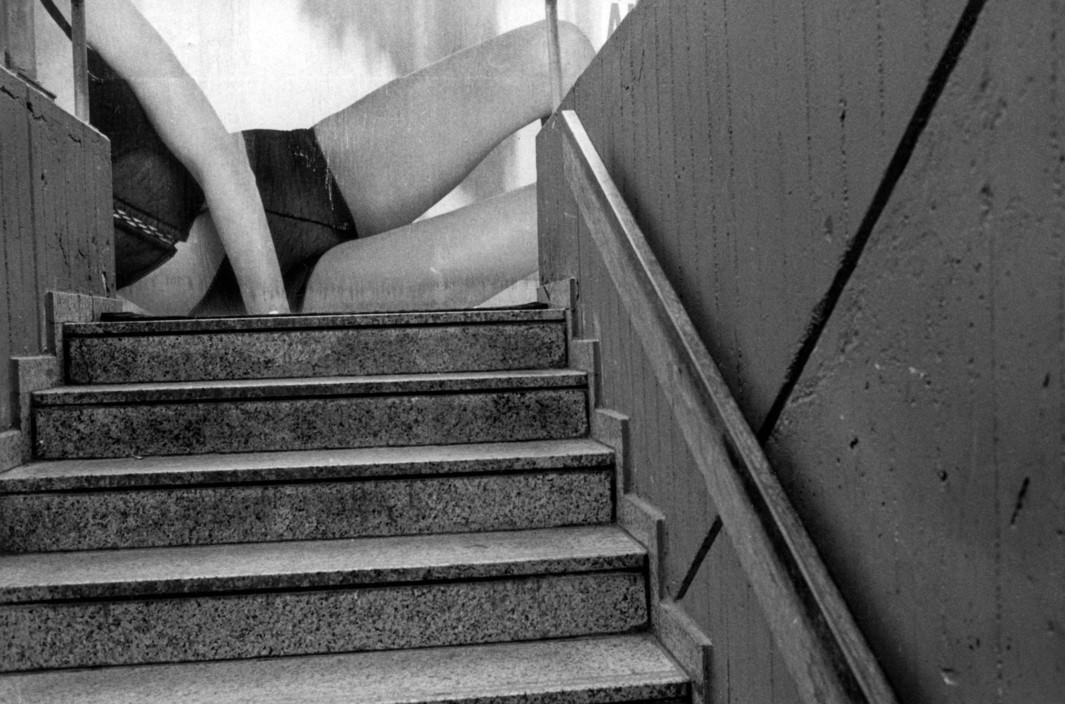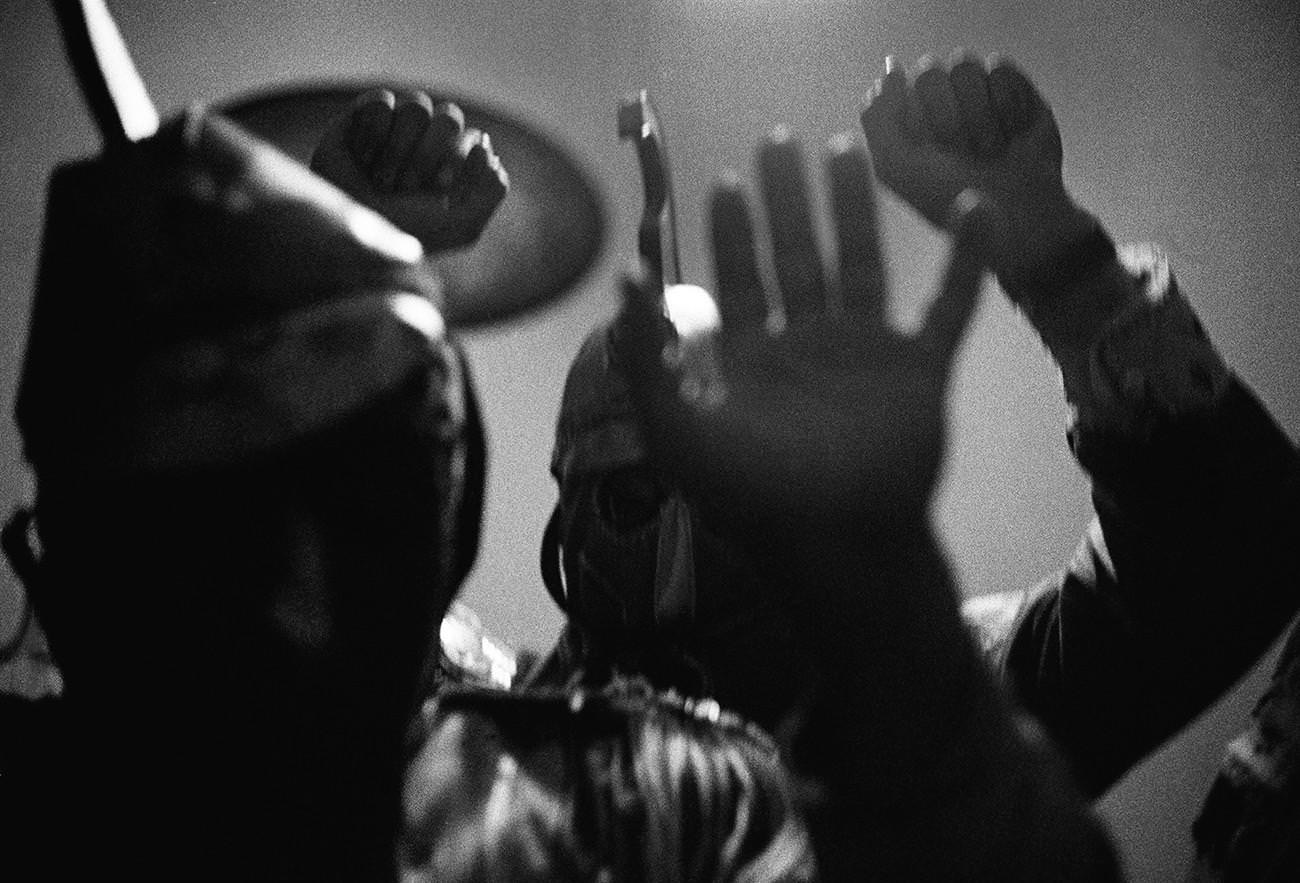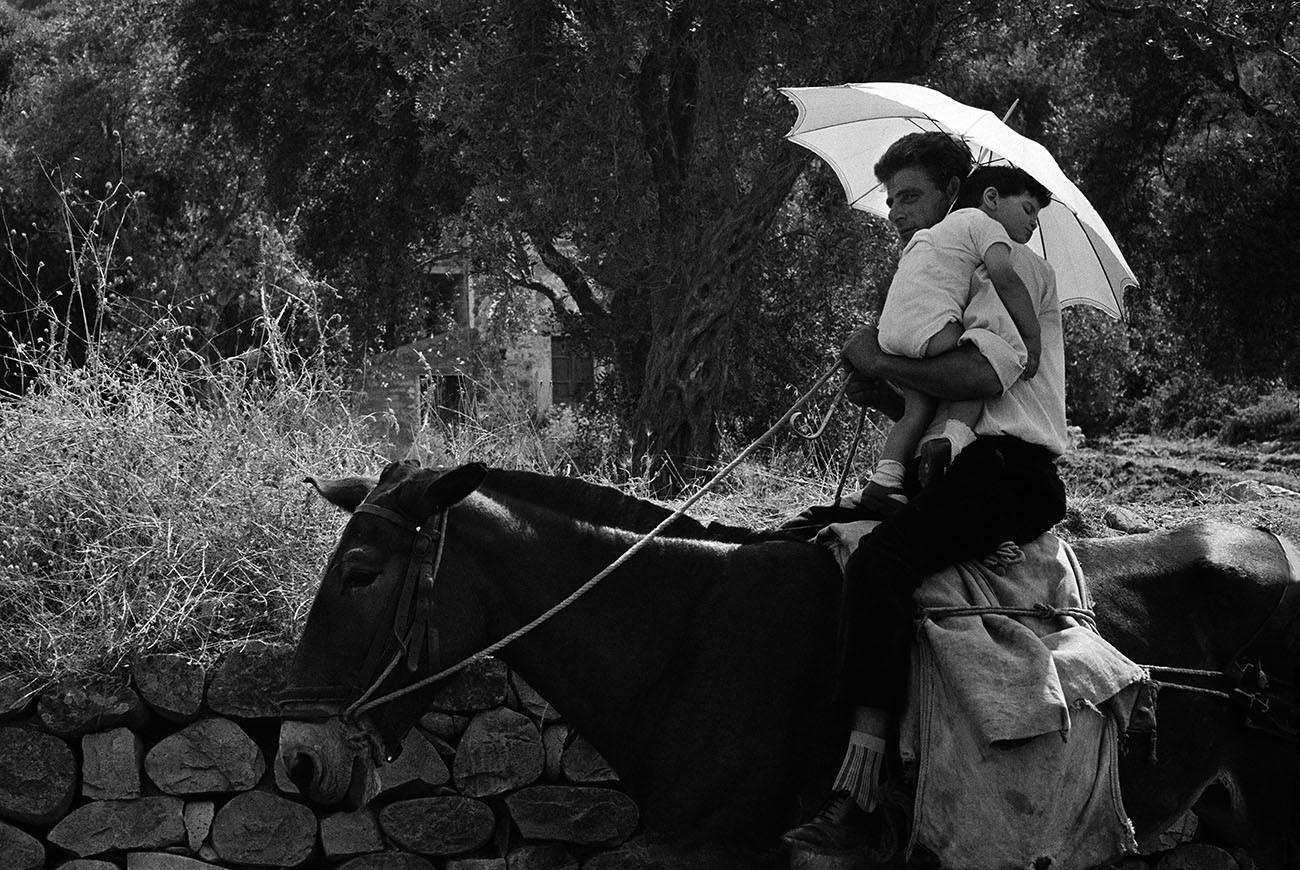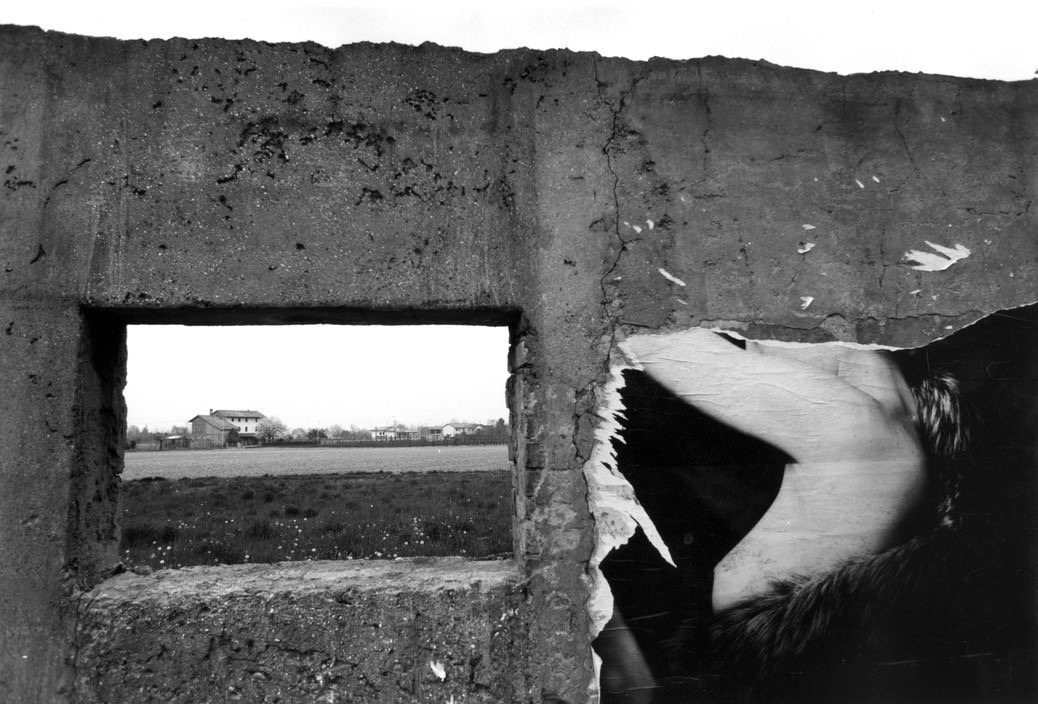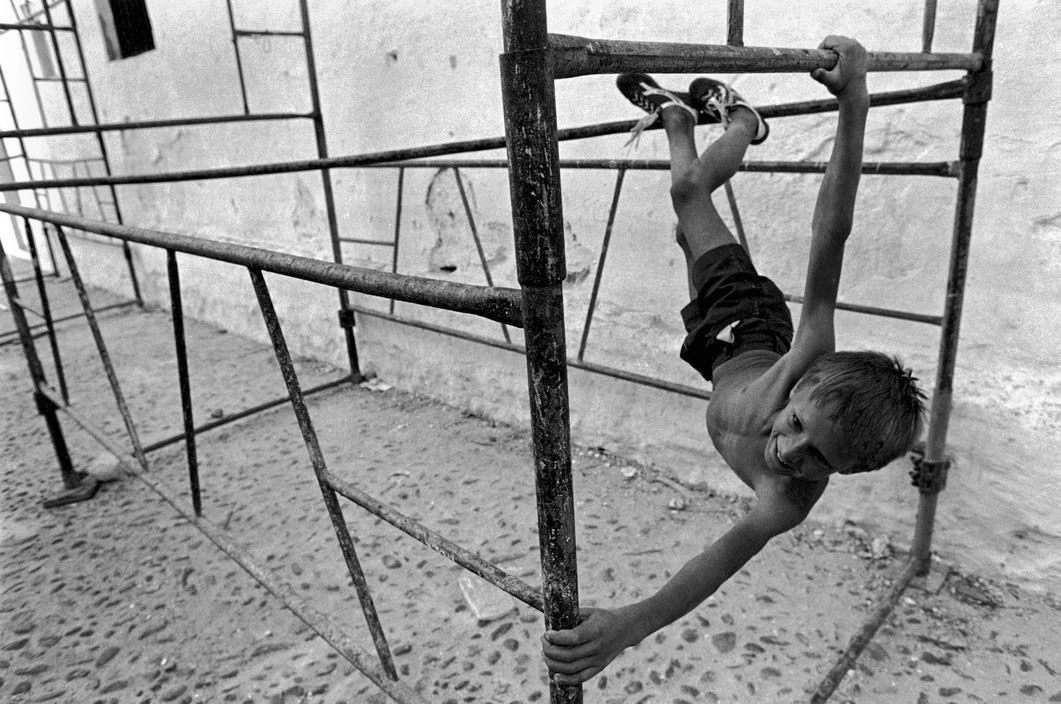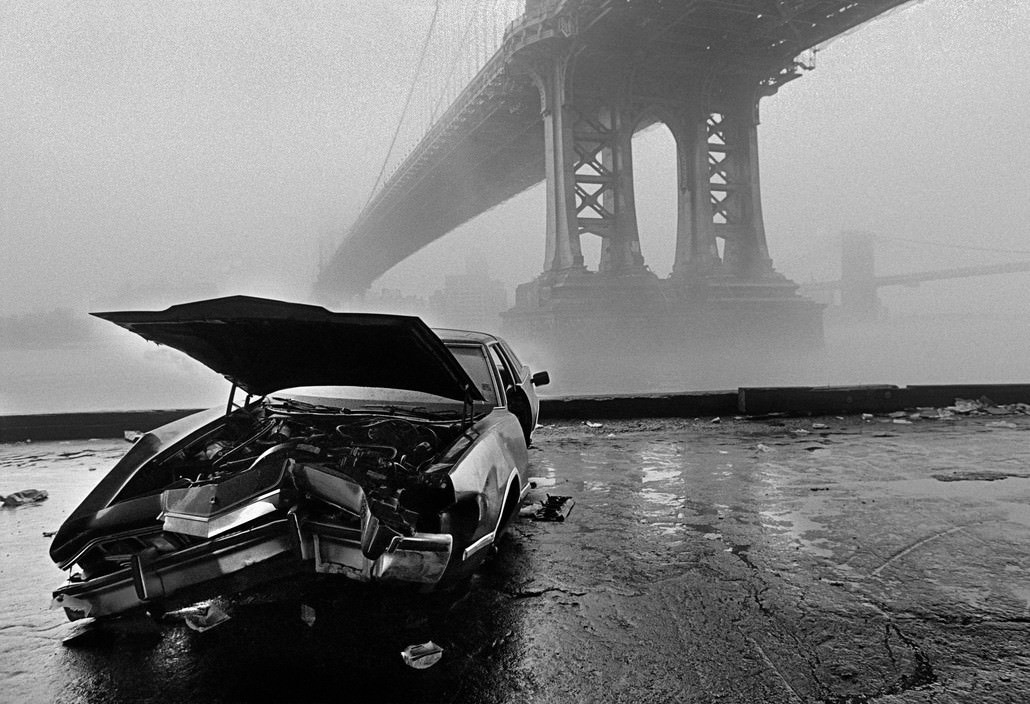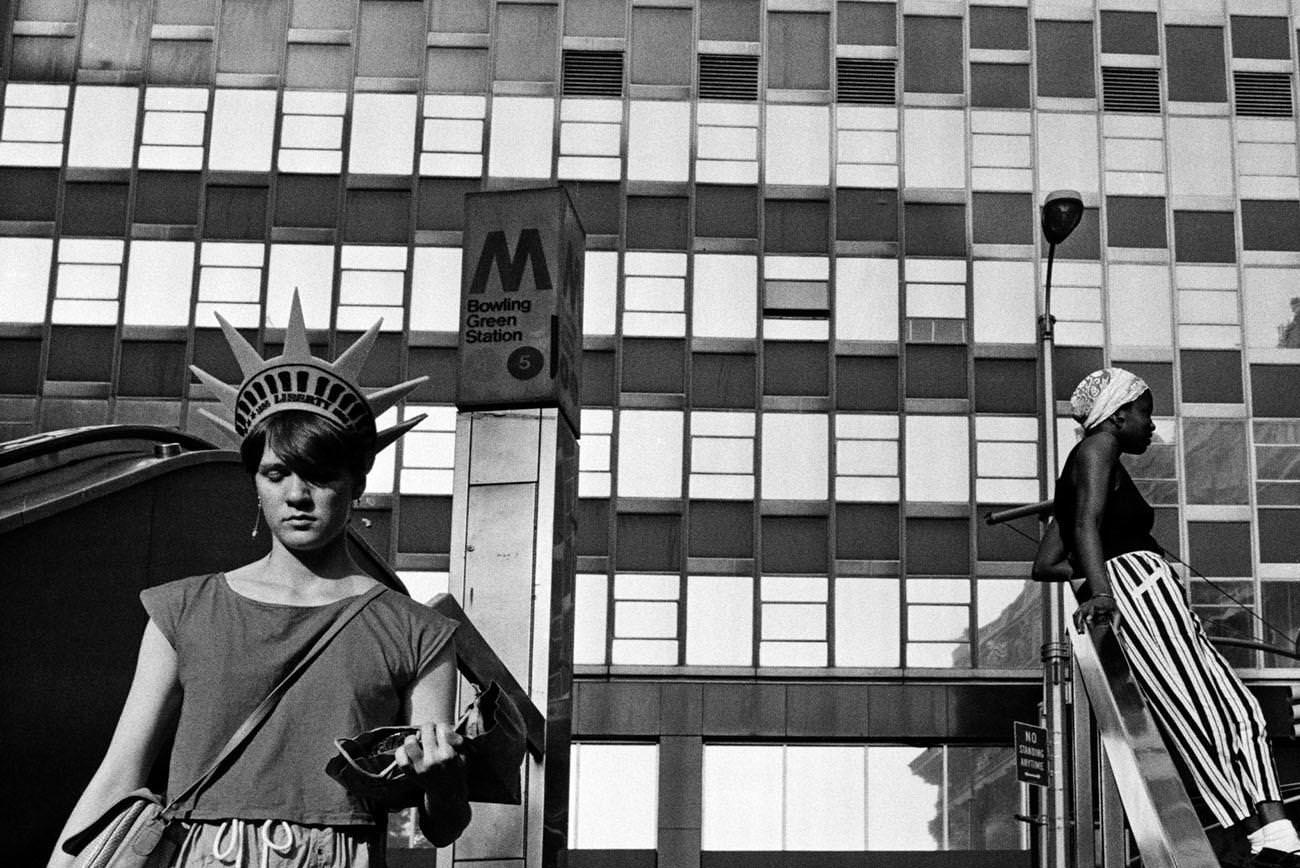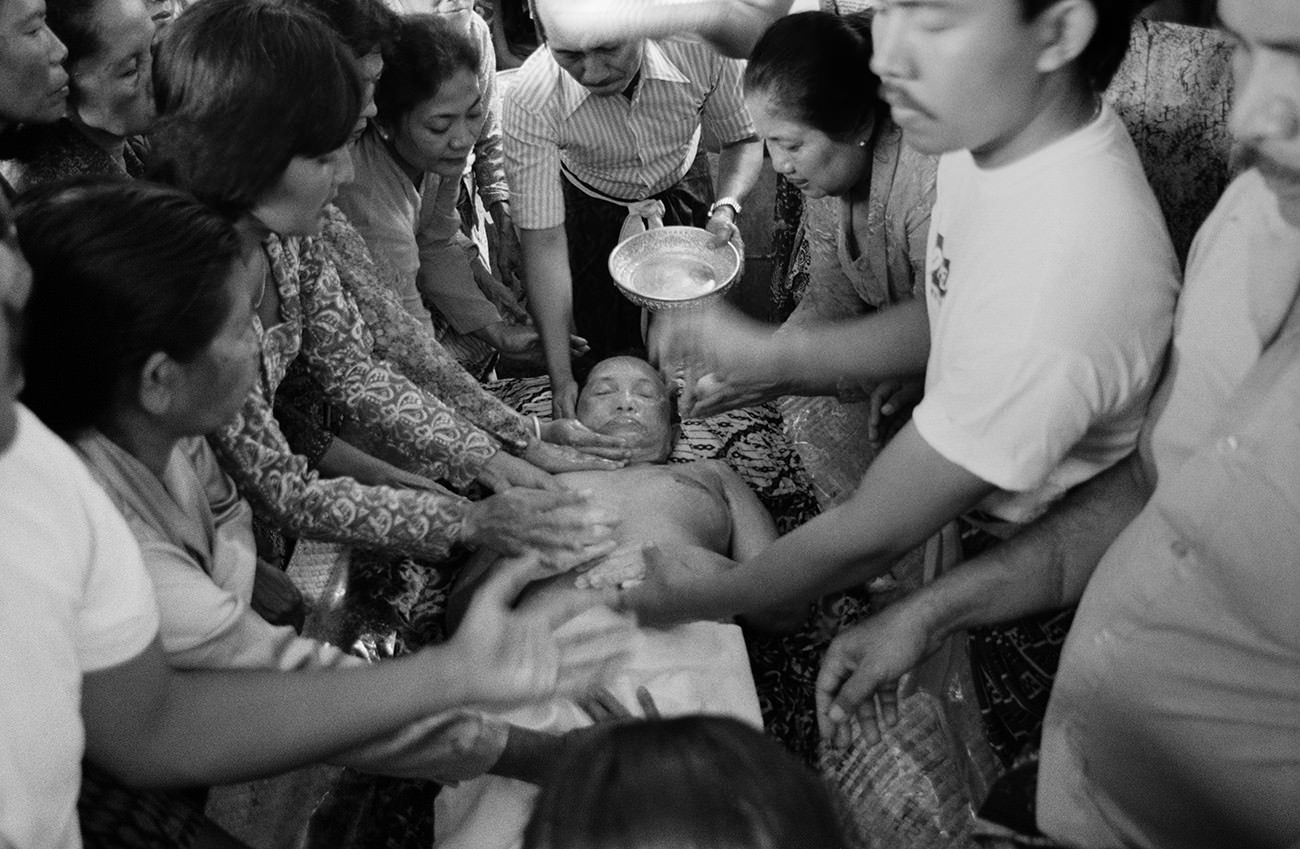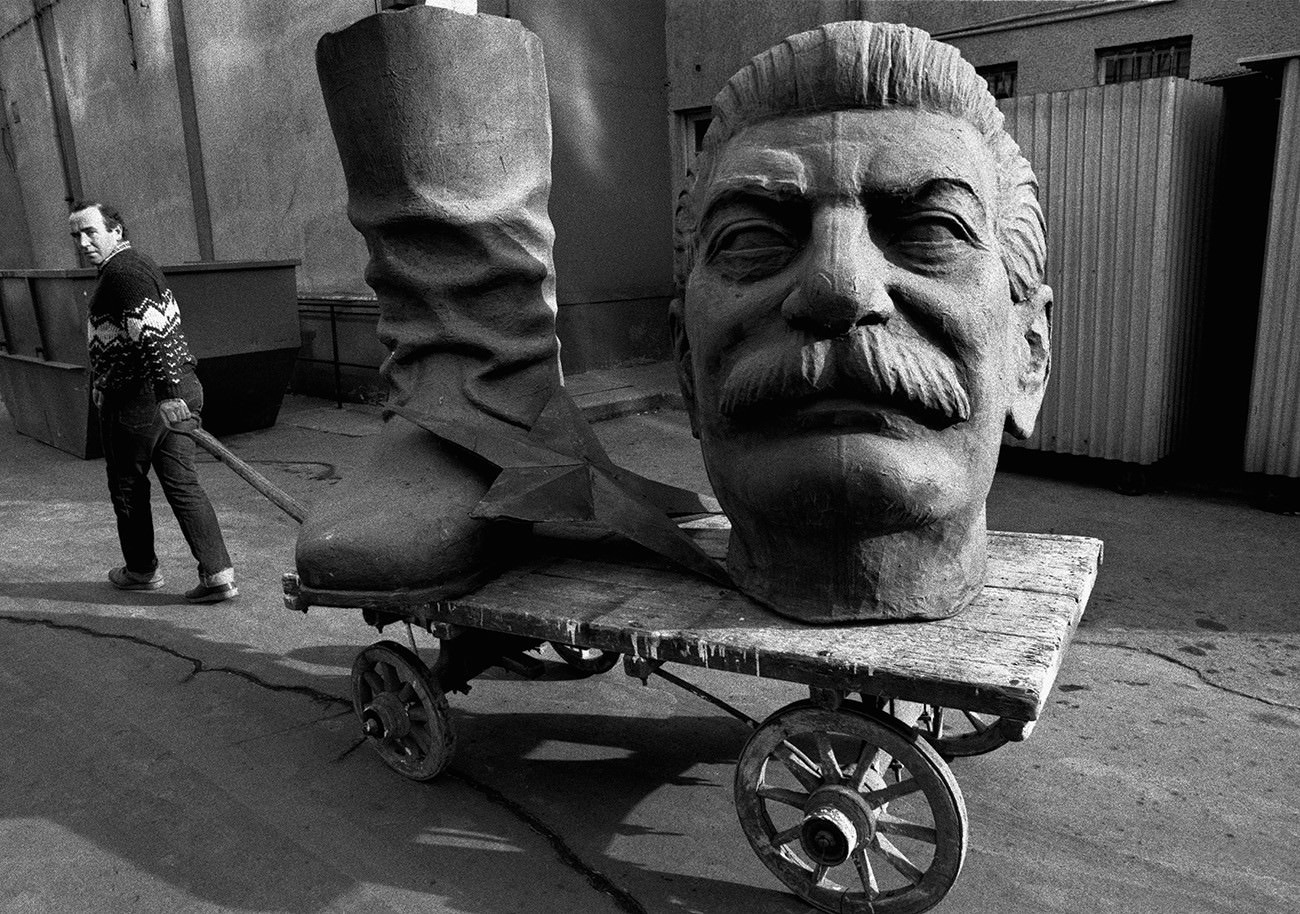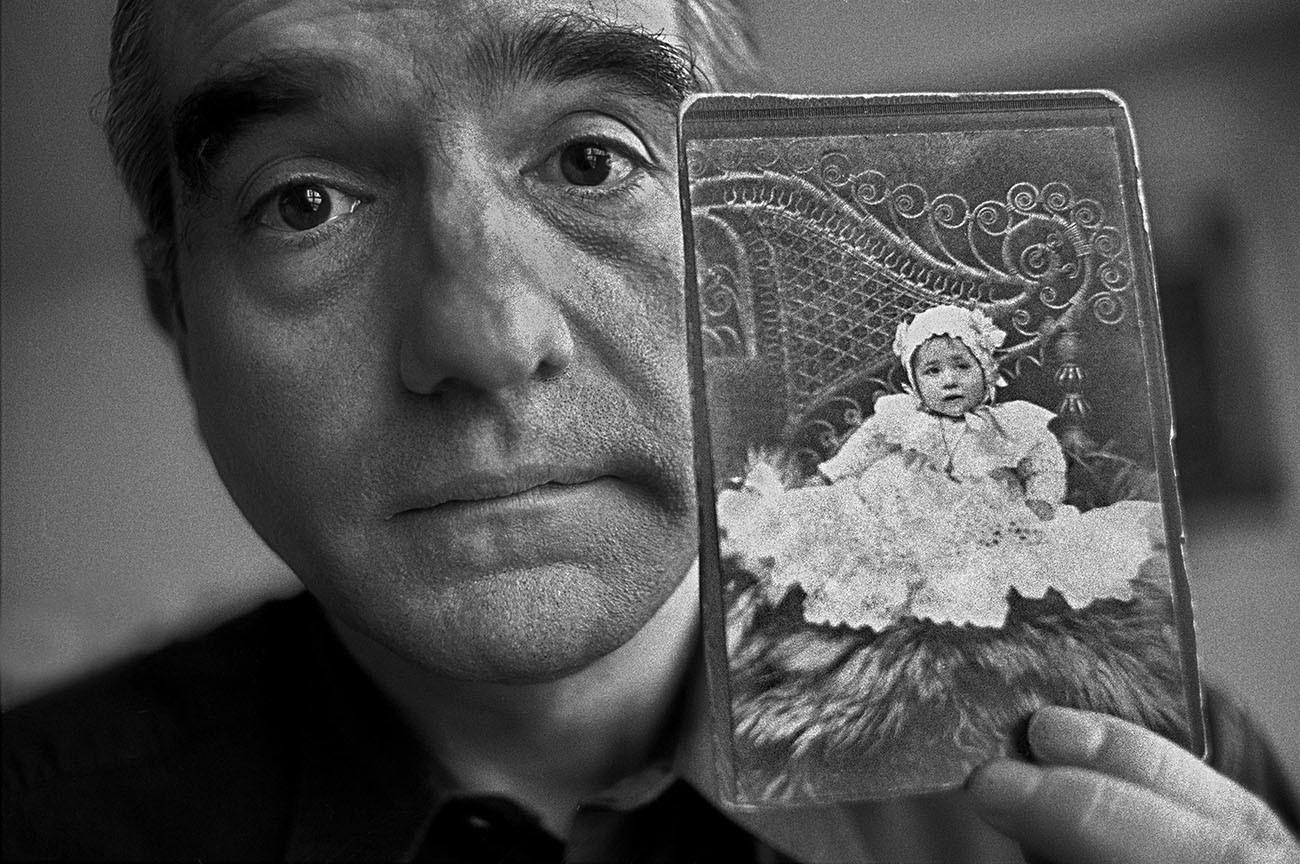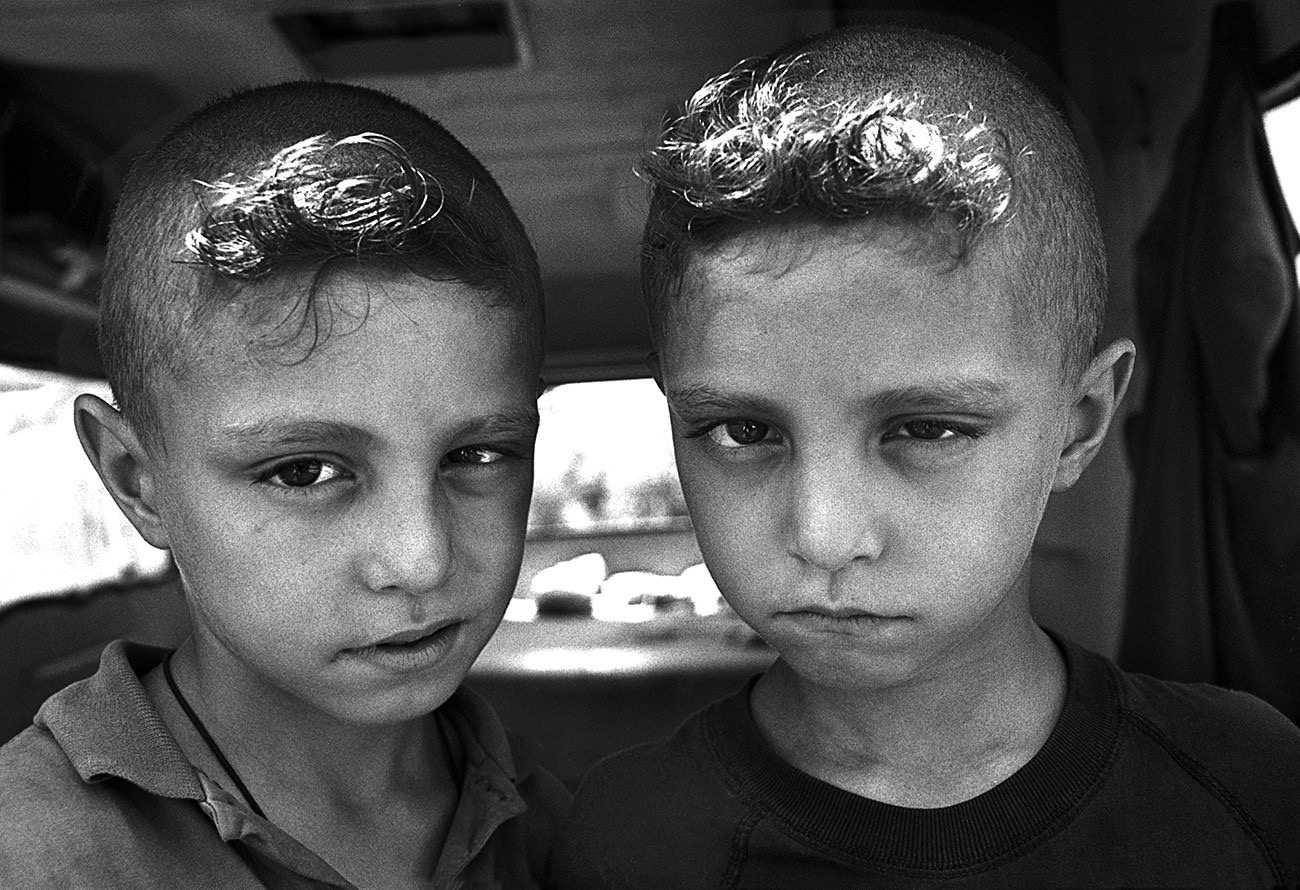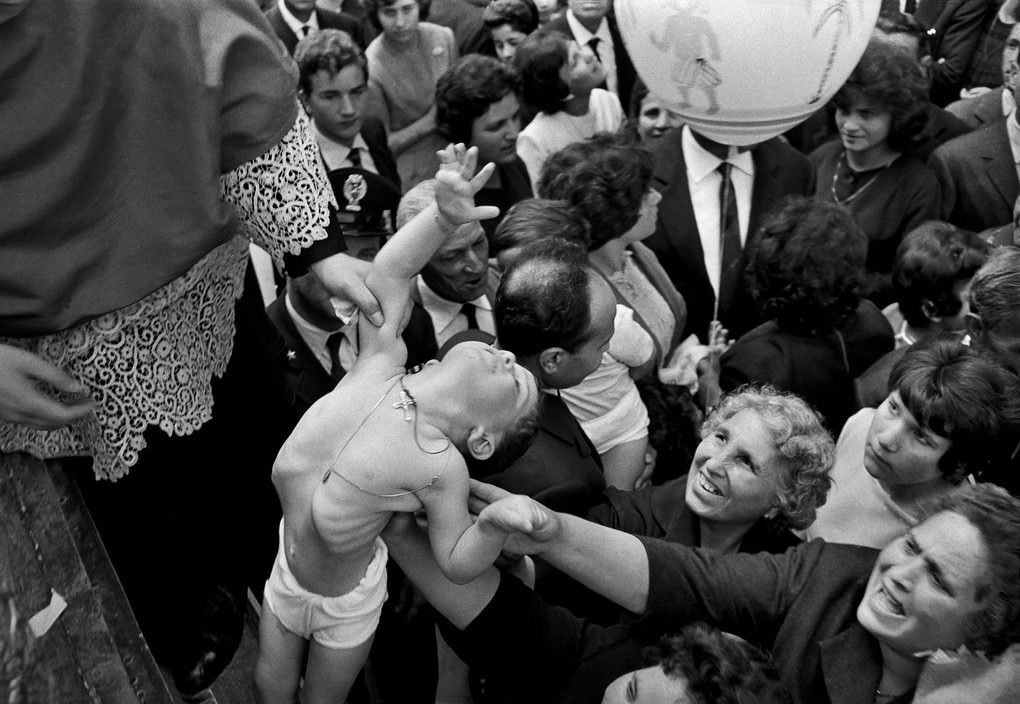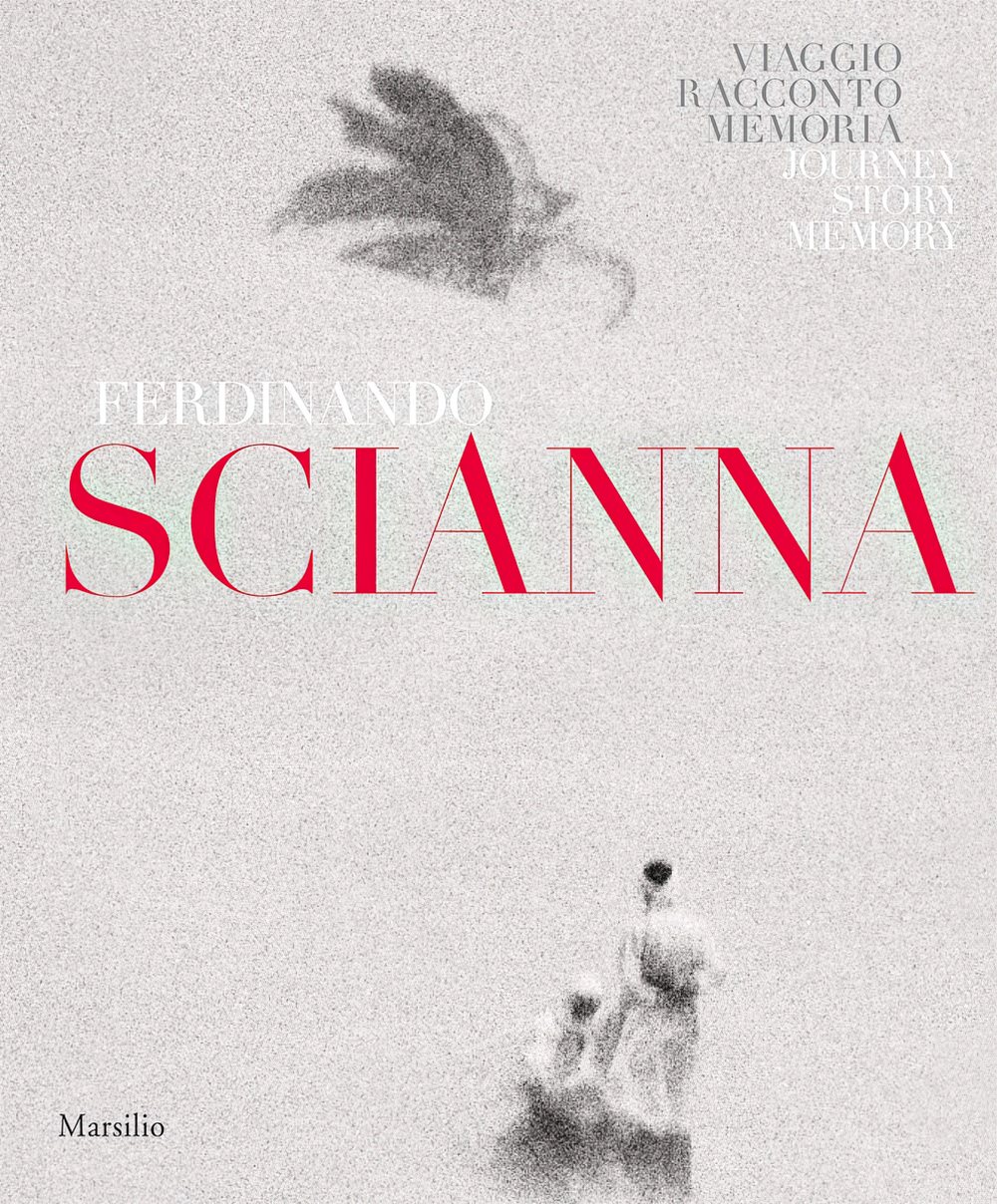Ferdinando Scianna: Journey Tale Memory
On March 22, the large anthological exhibition dedicated to Ferdinando Scianna opened to the public on the Piano Nobile of Palazzo Reale in Milan, enriched for the occasion with two important unpublished sections, one dedicated to Leonardo Sciascia and the other, the “Bibliography”, which presents a selection of Scianna’s books, from the first, “Religious Feasts in Sicily”, which has become rare and precious over time, up to the very latest publications.
The two were friends for life as evidenced by more than a thousand photographs, mostly unpublished, taken in the summers in Racalmuto and in their numerous trips together. A family album that portrays Sciascia in a private dimension because “until he did me the terrible offense of dying, he remained my paternal angel”. It was a fundamental relationship in the life of Ferdinando Scianna who writes: “friendship is like an exchange of the keys of the respective individual citadels, it is the acquisition of the reciprocal right to use each other’s eyes, mind, heart”. A small part of these photos have become a book: “Scianna fotografa Sciascia” (1989) that the writer was able to see shortly before his death.
With over 200 black and white photographs printed in different formats, the exhibition spans the entire career of the great Sicilian photographer and develops along an articulated narrative path, built on different chapters and various methods of preparation.
Ferdinando Scianna is one of the masters of photography not only in Italy. He began to be passionate about this language in the 1960s, narrating through images the culture and traditions of his region of origin, Sicily. His long artistic career unfolds through various themes – current affairs, war, travel, popular religiosity – all linked by a single thread: the constant search for a form in the chaos of life.
In over 50 years of stories, there is certainly no lack of suggestions: from Bagheria to the Bolivian Andes, from religious festivals – the beginning of his career – to his experience in the world of fashion, which began with Dolce & Gabbana and Marpessa. Then the reportages (he is the first Italian to be part of the famous photojournalistic agency Magnum since 1982), the landscapes, and his thematic obsessions such as mirrors, animals, and things. Finally, the portraits of his great friends, masters of the world of art and culture such as Henri Cartier-Bresson, Jorge Louis Borges, and in particular Leonardo Sciascia, to whom an entire and unpublished section of the exhibition is reserved, with the “Bibliography ”, Dedicated to his numerous books, enriches and completes an exhibition system conceived before the pandemic in the Milanese headquarters of Palazzo Reale.
In this Journey Tale Memory, in addition to the presence of some of his most important books browsable on the monitor, the visitor is accompanied in the various sections by an audio guide in which Ferdinando Scianna tells firsthand his way of understanding photography, stories, and anecdotes from his career as a photographer and his life. A real parallel story, to get to know his artistic and human path up close.
About the Author
Born 1943, Ferdinando Scianna started taking photographs in the 1960s while studying literature, philosophy and art history at the University of Palermo. It was then that he began to photograph the Sicilian people systematically.
Feste Religiose in Sicilia (1965) included an essay by the Sicilian writer Leonardo Sciascia, and it was the first of many collaborations with famous writers.
Scianna moved to Milan in 1966. The following year he started working for the weekly magazine L’Europeo, first as a photographer, then as a journalist from 1973. He also wrote on politics for Le Monde Diplomatique and on literature and photography for La Quinzaine Littéraire.
In 1977 he published Les Siciliens in France and La Villa Dei Mostri in Italy. During this period, Scianna met Henri Cartier-Bresson, and in 1982 he joined Magnum Photos. He entered the field of fashion photography in the late 1980s and at the end of the decade he published a retrospective, Le Forme del Caos (1989).
Scianna returned to exploring the meaning of religious rituals with Viaggio a Lourdes (1995), then two years later he published a collection of images of sleepers – Dormire Forse Sognare (To Sleep, Perchance to Dream). His portraits of the Argentine writer Jorge Luis Borges were published in 1999, and in the same year the exhibition Niños del Mundo displayed Scianna’s images of children from around the world.
In 2002 Scianna completed Quelli di Bagheria, a book on his hometown in Sicily, in which he tries to reconstruct the atmosphere of his youth through writings and photographs of Bagheria and the people who live there. (via magnumphotos.com)
Ferdinando Scianna: Journey Tale Memory
March 22 – June 5 2022
Palazzo Reale – Milan – Italy

